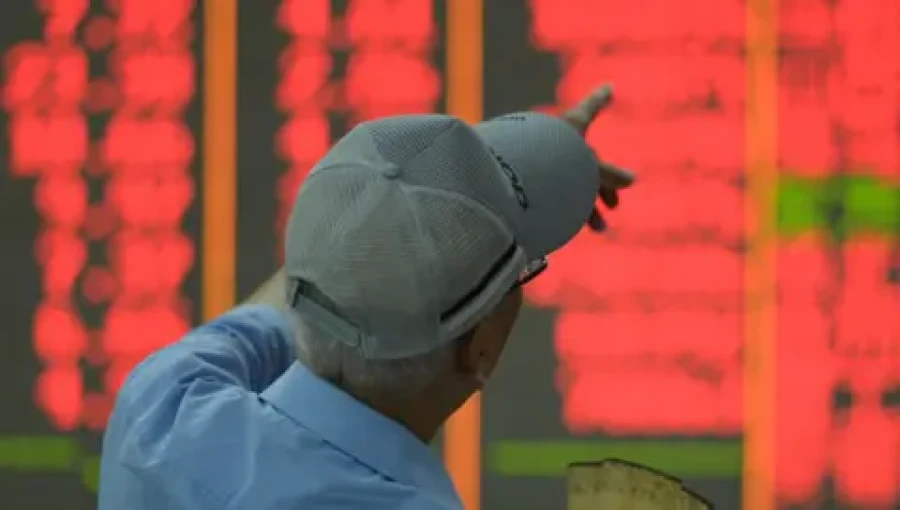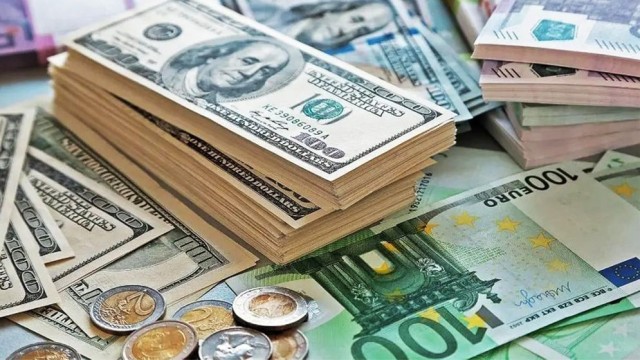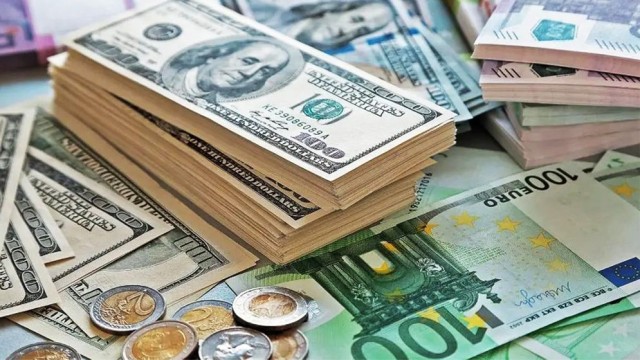Oct 12, V7N-China’s recent pledge to "significantly increase" debt to revive its struggling economy has left investors with lingering questions, particularly around the size of the stimulus package, which is crucial for assessing its long-term impact. At a press conference, Finance Minister Lan Foan detailed several key steps, including helping local governments manage their debt, offering subsidies to low-income households, supporting the property market, and boosting state bank capital. However, the absence of specific figures has caused market uncertainty, as investors anticipated a more robust fiscal stimulus.
China’s economy, the world’s second-largest, has faced mounting pressure from slowing growth, deflationary trends, and a protracted downturn in the property market. Investors hoped for a clear, substantial financial stimulus to maintain the recent stock market rally, which saw Chinese stocks surge by 25% following signals from the Communist Party’s Politburo that a stimulus was imminent. However, the rally faltered as no further details emerged.
While Reuters has reported that China may issue 2 trillion yuan ($284.43 billion) in special sovereign bonds this year, half of which would address local government debt and the other half to stimulate consumer purchases, such as home appliances and child allowances, the broader market remains cautious. Bloomberg also reported that China is considering injecting up to 1 trillion yuan into its state banks to increase lending, although weak credit demand remains a challenge.
China’s recent monetary support measures, including interest rate cuts and a 1 trillion yuan liquidity injection, have buoyed market sentiment. However, analysts argue that more structural reforms are needed to stimulate consumption and reduce reliance on debt-driven infrastructure investment. Low household spending, high youth unemployment, and a weak social safety net have compounded the problem, leaving domestic consumption at just 40% of China’s GDP, far below the global average.
With overall public debt—including local governments—estimated at $16 trillion (116% of GDP), the International Monetary Fund (IMF) has highlighted the growing risk of debt outpacing economic growth. While China’s central government debt remains manageable at 24% of GDP, the government will need to strike a balance between stimulating growth and managing the increasing debt burden. More reforms are expected to be announced gradually, as Lan noted that China still has fiscal room to issue additional debt and municipalities could repurchase unused land from developers to ease local government debt.
For now, investors are waiting for more concrete details, particularly on measures that target demand and investment, which are seen as vital to combat deflationary pressure and stabilize China’s economy.
END/BUS/RH/






























Comment: